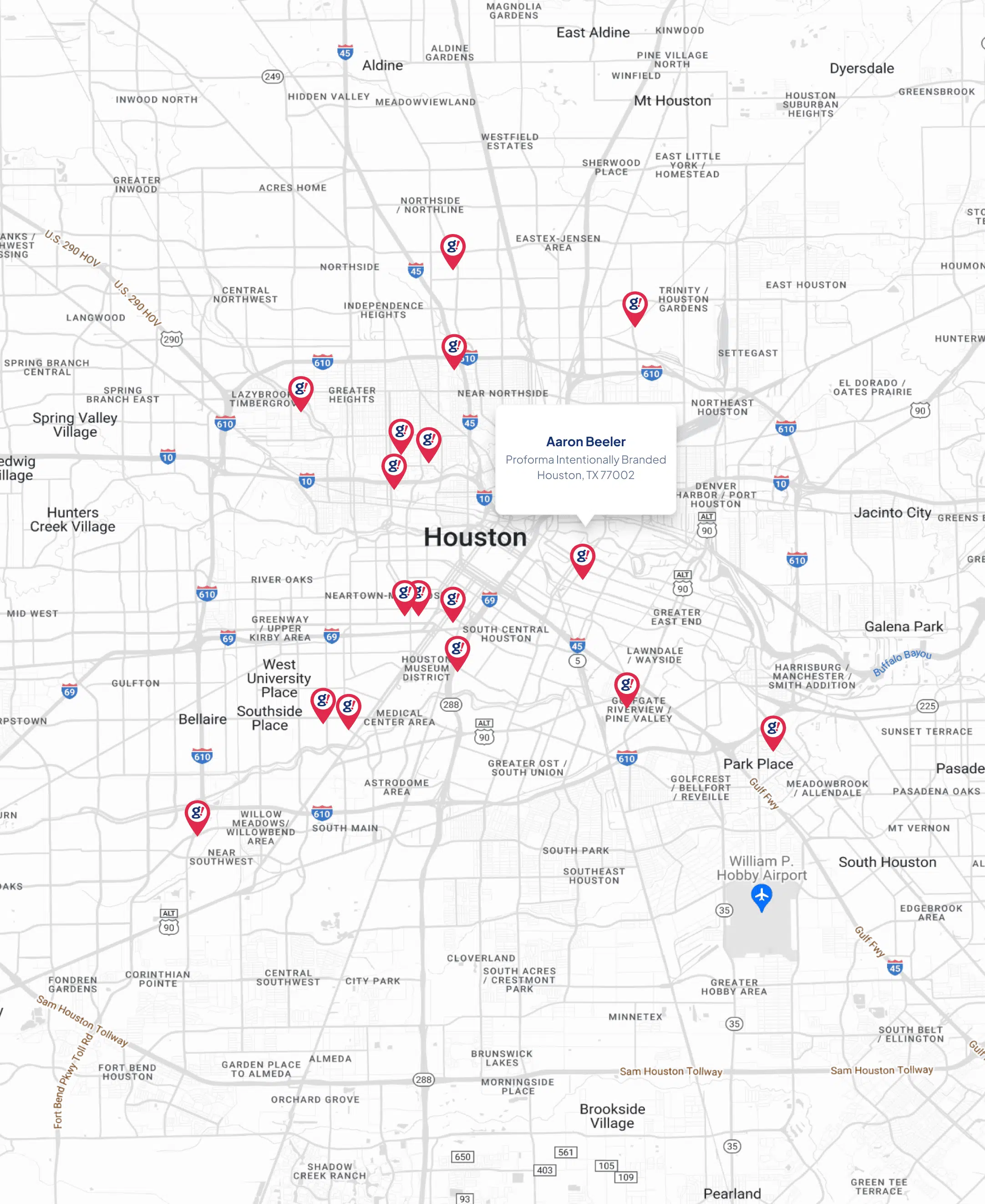Let’s be real, “AI in marketing” isn’t the future. It’s the present. But what separates average automation from marketing that truly resonates?
The answer is personalization. And I’m not talking about surface-level “Hi, {First Name}” personalization. I mean real, deep, behavior-based, predictive personalization, the kind that adapts to each user in real-time and delivers tailor-made experiences.
At gotcha!, this is exactly where we’re pushing boundaries.
🧠 Why Generic Marketing Is Dead
The traditional marketing playbook, mass emails, static landing pages, and simplistic segmentation are officially obsolete. Today’s customers expect more. Much more.
They expect you to know who they are, what they need, and when they need it, before they ask.
That’s a tall order for any marketing team. But for AI? It’s just another data puzzle waiting to be solved.
The modern consumer is flooded with content. Winning their attention requires more than a catchy hook. You need precision and intent-driven delivery. That’s what we aim for with every tool we build.
🤖 The gotcha! Approach to AI-Driven Personalization
At gotcha!, AI isn’t just a buzzword we sprinkle on top of marketing, it’s the foundation behind everything we’re building.
Our approach isn’t about automating tasks for the sake of efficiency. It’s about designing intelligent systems that understand, adapt, and evolve with each interaction. Whether it’s streamlining content strategy, enhancing location-based presence, or enabling real-time, intelligent conversations, our AI doesn’t just support the experience. It architects it.
You can see this in action across the gotcha!Suite:
- g!Stream constantly scans, curates, and publishes high-intent, relevant content across channels, all orchestrated by AI that understands what your audience wants to read, not just what you want to say.
- g!Places intelligently localizes brand presence, creating SEO-optimized content that positions businesses to be found and trusted anywhere.
- g!Chat brings conversational AI into play, enabling brands to communicate in real-time with their audience using contextual memory, brand-aligned tone, and zero friction.
What ties all of this together is personalization. Not personalization as in name tags, but real contextual understanding driven by AI that’s been gained from thousands of micro-interactions across campaigns and industries.
This is the next generation of digital marketing, and we’re building it from the ground up.
⚙️ Under the Hood: Our Tech Stack
Let’s just say… We’re not waiting for someone else’s roadmap.
What we’re working on behind the scenes is a full-stack AI architecture that doesn’t just plug into your workflow, it becomes part of your business DNA.
We’re evolving toward an ecosystem of autonomous AI agents that collaborate across verticals: from content creation to UX audits, ad ops to sales insights. These agents are memory-aware, RAG-powered, and increasingly self-directed.
They’re not just tools. They’re colleagues, and they’re learning fast.
Some whisper terms like vector search, semantic pipelines, autonomous prompt chaining, model context protocols (yeah, MCPs)… but we like to think of it as giving our AI a spine and a soul.
This isn’t just about scaling marketing. It’s about scaling intelligence across every node of the business.
Our vision? An agentic AI ecosystem so deeply embedded, it can power decision-making across your entire brand, from the first ad click to the last CRM event, and then optimize what comes next.
And the best part? We’re building all of this quietly, methodically, in-house. Because real innovation doesn’t come from buying it off the shelf, it comes from shaping it, line by line, model by model. This is not the future of marketing. It’s gotcha’s present, and we’re just warming up.
🧬 HI Meets AI: The Human Element
Even the smartest AI models need a compass. That compass? Human creativity.
We call it HI meets AI: Human Intelligence guiding Artificial Intelligence.
Yes, AI can generate thousands of content variants. But it’s your voice, your brand essence, your empathy that makes those outputs actually connect.
Our designers and software engineers work hand-in-hand to make sure every automated system reflects the brand’s soul, not just its data.
🔮 Where This Is Going
Marketing is evolving from “sending messages” to “understanding moments.” AI is the only scalable way to meet customers where they are, cognitively, emotionally, and contextually.
But here’s the truth: plug-and-play AI tools won’t get you there. You need a system that learns from your data, reflects your brand, and adapts to your user base.
That’s exactly what we’re building at gotcha! and it’s why our clients are ahead of the curve.
🧠 Final Thought
If your marketing strategy still treats AI as a checkbox, a plugin you slap on top of your funnel, you’re missing the point.
In this era, personalized marketing isn’t optional. It’s a survival skill.
And those who learn to tell stories through data, those who combine automation with authenticity, they won’t just compete. They’ll lead.
👉 Want to see how gotcha!’s AI systems could level up your marketing?
Let’s talk: https://gotchamobi.com/strategy-session/


















